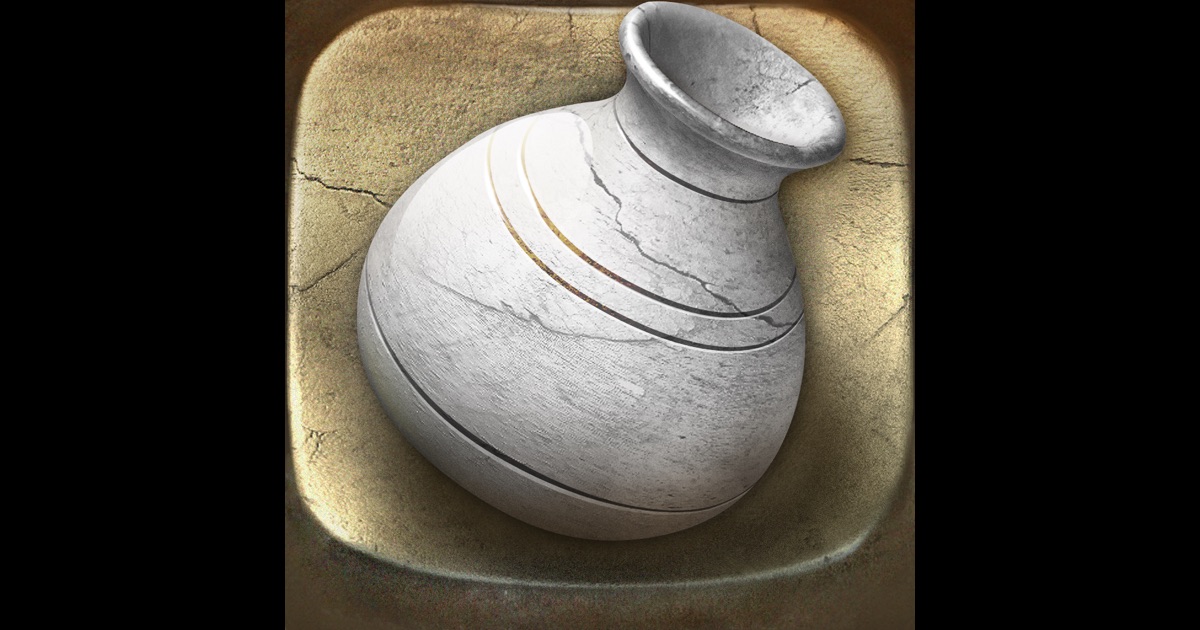
In the world of artistic expression, pottery stands as a timeless medium that melds creativity with craftsmanship. The skilled hands of potters shape clay into vessels and art pieces that tell stories and evoke emotions. Each piece, whether functional or decorative, carries with it the essence of its maker, offering a glimpse into cultural heritage and personal artistry. Pottery is more than just an art form; it is a celebration of tradition, innovation, and the beauty of imperfection.
At the heart of this enchanting craft lies Amitābha Studio, a unique haven where the past and the present collide. Specializing in creating lamps that shine with character, Amitābha Studio uses antique and vintage Delft as well as other exquisite Dutch and Belgian pottery to craft one-of-a-kind pieces. Each lamp is a narrative in itself, illuminating spaces while preserving the rich history of the materials. In this exploration of pottery, we delve into how such art forms not only enhance our surroundings but also connect us to the stories and cultures that shaped them.
The History of Delft Pottery
Delft pottery, also known as Delftware, has its roots in the 16th century in the Dutch city of Delft. Influenced by the blue and white porcelain imports from China, Dutch artisans began to replicate these beautiful designs. The early pieces were primarily faience, a tin-glazed earthenware that allowed for vibrant colors and intricate patterns. As trade routes expanded, so did the creativity and craftsmanship of local potters, who infused their unique styles into the traditional Chinese motifs.
During the 17th century, Delft pottery gained significant popularity, particularly during the Dutch Golden Age. This period saw a surge in prosperity and cultural advancements, contributing to an increased demand for decorative arts. Delftware became synonymous with quality and creativity, with workshops producing a variety of items, including tiles, vases, and tableware. Many famous artists of the time became involved in the design and production, ensuring that each piece was not only functional but also a work of art.
By the 18th century, Delft pottery had evolved, incorporating various influences from other European styles while maintaining its distinctive aesthetic. The techniques and motifs developed during this time continue to inspire modern artisans, including those at Amitābha Studio. Their unique lamps crafted from antique and vintage Delft and other Dutch and Belgian pottery pay homage to this rich history, blending traditional artistry with contemporary design.
Crafting Unique Lamps
At Amitābha Studio, the art of pottery transcends traditional forms, as artisans transform antique and vintage Delft and other Dutch and Belgian pottery into exquisite lamps. Each piece tells a story, showcasing a rich history while embracing modern utility. The process of selecting these unique pottery items is meticulous, ensuring that each lamp embodies character and charm that seamlessly fits any decor.
The transformation begins with a careful examination of the pottery’s design and structure. Artisans assess how the form can be paired with appropriate lighting solutions, enhancing both function and aesthetic. This creative process combines the old with the new, preserving the artistry of the original pottery while breathing new life into it. The end result is a stunning lamp that not only illuminates a space but also serves as a conversation starter.
Once crafted, each lamp reflects the philosophy of sustainability and artistry, highlighting the beauty of re-purposed materials. The design process emphasizes individuality; no two pieces are alike. Each lamp becomes a testament to the artistry of pottery, capturing a perfect blend of history, craftsmanship, and innovation, making them an ideal choice for those seeking to enrich their living spaces with something truly unique.
The Artistic Process
In the world of pottery, the artistic process begins long before the clay is shaped into form. It starts with inspiration, often drawn from the beauty of nature or the intricate designs of antique pottery. At Amitābha Studio, artisans meticulously select pieces of vintage Delft and other Dutch and Belgian ceramics, each telling its own story. This initial phase of gathering materials is crucial, as it sets the tone for the entire creation, allowing the artists to envision the unique lamp that will emerge from their craftsmanship.
Once the materials are chosen, the real magic happens in the studio. The artists skillfully combine traditional techniques with modern design sensibilities to craft lamps that are not just functional, but also works of art. The process involves careful cutting, shaping, and assembling of various elements, all while maintaining a focus on the harmony of colors and textures. Each lamp evolves through this hands-on approach, as the artisans manipulate the clay and ceramics to create a dialogue between the old and the new.
Finally, the finishing touches breathe life into each piece. Artists apply glazes and finishes that enhance the natural beauty of the vintage pottery, ensuring that every lamp is not only unique but also imbued with character. This last stage is where the soul of the lamp is revealed, as the final product emerges, glowing softly when illuminated. The artistic process at Amitābha Studio encapsulates a deep respect for history while celebrating contemporary creativity, embodying the true spirit of pottery as an art form.
Sustainability in Pottery
Grandmillennial
Sustainability has become a guiding principle in the world of pottery, emphasizing the importance of eco-friendly practices and materials. As artisans strive to minimize their environmental impact, many are turning to local clay sources and exploring non-toxic glazes. This approach not only reduces the carbon footprint associated with transportation but also encourages a deeper connection between the potter and the land they inhabit. By using locally sourced materials, potters can create pieces that reflect the unique characteristics of their region while promoting sustainable practices.
The use of antique and vintage pottery has also gained popularity in the pursuit of sustainability. Studios like Amitābha Studio specialize in repurposing unique lamps crafted from these time-honored pieces. By breathing new life into pottery that might otherwise be discarded, these artisans not only preserve history but also promote a circular economy. This philosophy fosters an appreciation for craftsmanship, encouraging consumers to choose one-of-a-kind items that tell a story and reduce waste.
Moreover, sustainability in pottery extends to the business practices of those involved. Many potters are committed to ethical sourcing and maintaining fair labor practices, ensuring that the materials they use support both environmental and social sustainability. This holistic approach to craftsmanship enriches the art of pottery, inviting consumers to be part of a movement that prioritizes the planet and its resources, while embracing the beauty of handmade, enduring creations.
The Soul of Amitābha Studio
Amitābha Studio embodies the essence of tradition and creativity, merging the past with the present through its unique craftsmanship. Each lamp is not merely a functional object; it is a piece of art that tells a story. By using antique and vintage Delft and other Dutch and Belgian pottery, the studio honors the rich heritage of ceramics while breathing new life into these timeless materials. The careful selection of each piece ensures that every creation is distinct, reflecting the care and passion that goes into its creation.
The artisans at Amitābha Studio take pride in their meticulous process, which involves a deep understanding of the characteristics and histories of the pottery they use. This dedication to preserving the beauty of antique pieces while transforming them into functional art showcases the studio’s commitment to quality and originality. Each lamp radiates warmth and personality, evoking emotions and memories in those who encounter them. The fusion of craftsmanship with the stories embedded in the pottery creates a profound connection between the object and its owner.
Ultimately, the soul of Amitābha Studio lies in its ability to craft not just lamps, but vessels of inspiration. Each piece serves as a reminder of the artistry that can be found in everyday objects, illuminating both physical spaces and the hearts of those who cherish them. By bridging the gap between history and modern design, the studio invites people to experience the beauty of handmade artistry, making each lamp a cherished part of their home.



